Plant Reproduction Worksheets
If you're searching for educational resources on plant reproduction, you've come to the right place. Worksheets are a valuable tool for understanding and reinforcing concepts related to this fascinating topic. Whether you're a student looking to strengthen your knowledge or a teacher seeking engaging materials for your classroom, these plant reproduction worksheets will provide an interactive and informative learning experience.
Table of Images 👆
More Other Worksheets
Kindergarten Worksheet My RoomSpanish Verb Worksheets
Cooking Vocabulary Worksheet
DNA Code Worksheet
Meiosis Worksheet Answer Key
Art Handouts and Worksheets
7 Elements of Art Worksheets
All Amendment Worksheet
Symmetry Art Worksheets
Daily Meal Planning Worksheet
What is pollination?
Pollination is the process by which pollen is transferred from the male reproductive organs of a flower to the female reproductive organs, resulting in fertilization and the production of seeds or fruit. This transfer of pollen can be done by wind, water, or animals such as bees, butterflies, birds, or bats, and is essential for the reproduction of many plants.
What are the two types of pollination?
The two types of pollination are self-pollination, where pollen is transferred from the anther of a flower to the stigma of the same flower or a different flower on the same plant, and cross-pollination, where pollen is transferred between flowers of different plants of the same species.
What is the role of flowers in plant reproduction?
Flowers play a crucial role in plant reproduction by producing both male and female reproductive organs necessary for pollination and fertilization. The male part of the flower, the stamen, includes the pollen-producing anther, while the female part, the pistil, contains the ovary where seeds develop. Through the process of pollination, pollen is transferred from the anther to the stigma of the pistil, allowing for fertilization and the production of seeds. Flowers also attract pollinators like bees and butterflies with their colors and scents, aiding in the transfer of pollen between flowers.
How do plants reproduce asexually?
Plants reproduce asexually through various methods such as fragmentation, budding, and producing plantlets or runners. Fragmentation involves a plant breaking into pieces that can grow into new individuals, while budding is when a new plant grows as an outgrowth from the parent plant. Plantlets or runners are small plant structures that develop into independent plants once they root in the soil. These methods allow plants to reproduce without the need for pollination or seeds, leading to the rapid production of genetically identical offspring.
What is the purpose of seeds in plant reproduction?
The purpose of seeds in plant reproduction is to ensure the dispersal and survival of the plant species. Seeds contain all the nutrients and genetic material needed for growth and development into a new plant. They protect the embryonic plant from environmental stresses, allowing it to germinate when conditions are favorable and establish itself in a new location. Seeds are also essential for dispersal, as they are carried by wind, water, animals, or other means to new areas where they can grow and reproduce, thus increasing the plant's chances of survival and continuation of the species.
Describe the process of fertilization in plants.
Fertilization in plants begins when pollen grains from the male reproductive organ (anther) are transferred to the female reproductive organ (stigma) through processes like wind, insects, or other pollinators. The pollen grain then germinates on the stigma and grows a pollen tube that penetrates the style and reaches the ovary. Once in the ovary, the male gametes are released to fertilize the egg cell, forming a zygote. This zygote undergoes cell division and development, ultimately leading to the formation of a seed within the ovary.
How do plants disperse their seeds?
Plants disperse their seeds through various methods such as wind, water, animals, and self-dispersal mechanisms. Wind-dispersed seeds are often lightweight with structures like wings or hairs to catch the wind. Water-dispersed seeds are buoyant and can float to new locations. Animals, including birds, mammals, and insects, can carry seeds in their fur or feathers, or within their bodies through consumption and excretion. Some plants have self-dispersal mechanisms like explosive pods that release seeds when triggered, while others rely on external factors such as rain or gravity to spread their seeds.
What is germination and why is it important?
Germination is the process by which a seed sprouts and begins to grow into a new plant. It is important because it is the initial growth stage in the life cycle of a plant, where the dormant seed becomes an actively growing plant. Germination is crucial for the propagation of plants, as it allows for the development of roots and shoots that eventually lead to the establishment of a fully-grown plant that can reproduce and produce seeds of its own.
What are the different methods of vegetative propagation?
Vegetative propagation methods include cutting, layering, budding, grafting, and tissue culture. Cutting involves taking a piece of a plant and allowing it to grow roots to form a new plant. Layering is when a stem is encouraged to produce roots while still attached to the parent plant. Budding and grafting involve joining a bud or scion from one plant onto another plant to create a new plant with desired traits. Tissue culture involves growing plants from cell cultures in a laboratory setting. Each method has its own benefits and is used for propagating plants in different situations.
Explain the concept of sexual reproduction in plants.
Sexual reproduction in plants involves the fusion of male and female reproductive cells to produce offspring with genetic variation. In plants, the male reproductive cell, pollen, is produced in the anther of a flower, while the female reproductive cell, the ovule, is contained in the ovary. Pollen is transferred to the stigma of the flower by animals, wind, or other methods, where it germinates and sends a pollen tube down to the ovule. Fertilization occurs when the sperm cells from the pollen meet the egg cell in the ovule, leading to the formation of seeds. These seeds contain a mixture of genetic material from both parent plants and have the potential to germinate into a new plant, contributing to genetic diversity and adaptation within plant populations.
Have something to share?
Who is Worksheeto?
At Worksheeto, we are committed to delivering an extensive and varied portfolio of superior quality worksheets, designed to address the educational demands of students, educators, and parents.





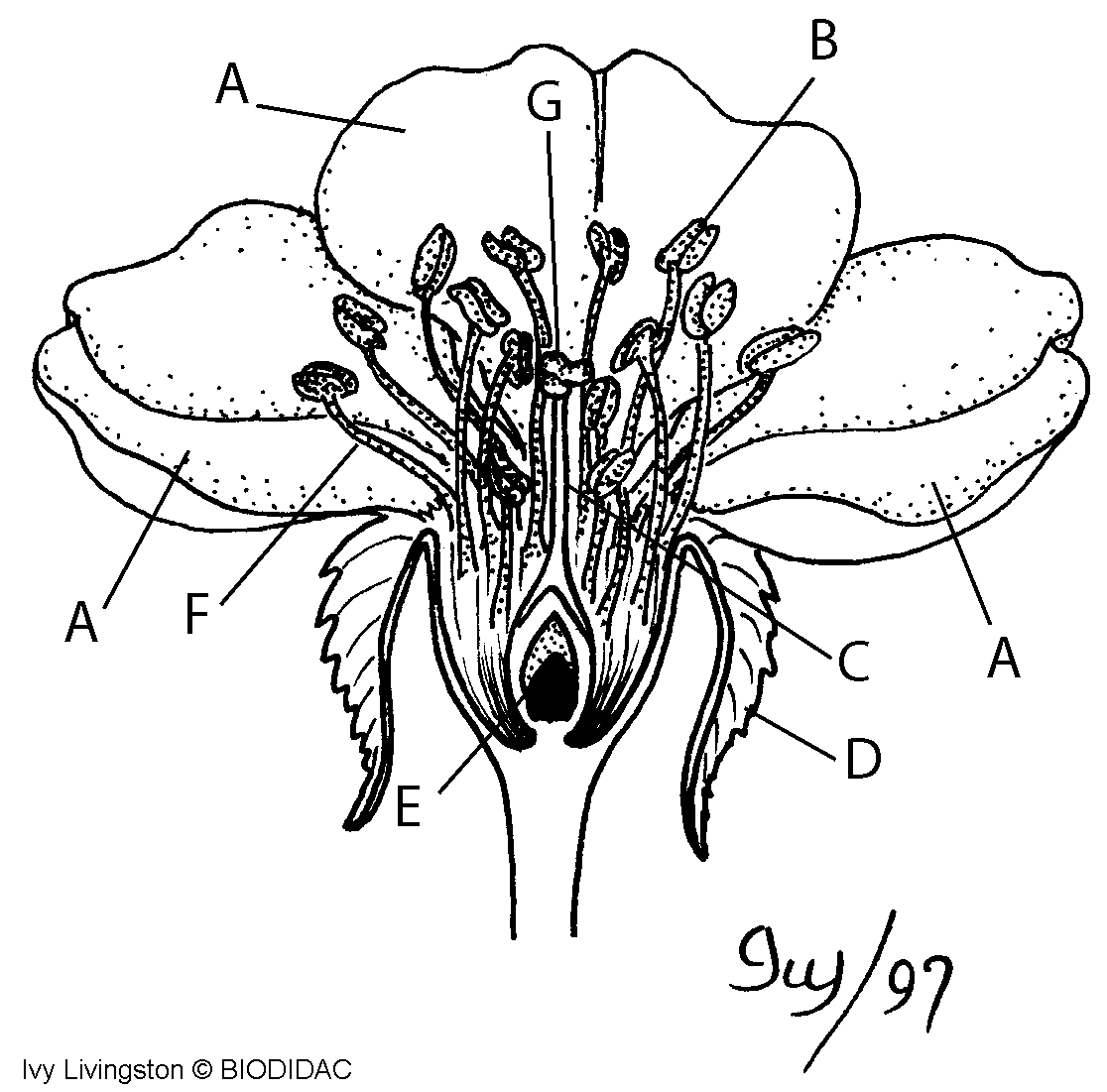
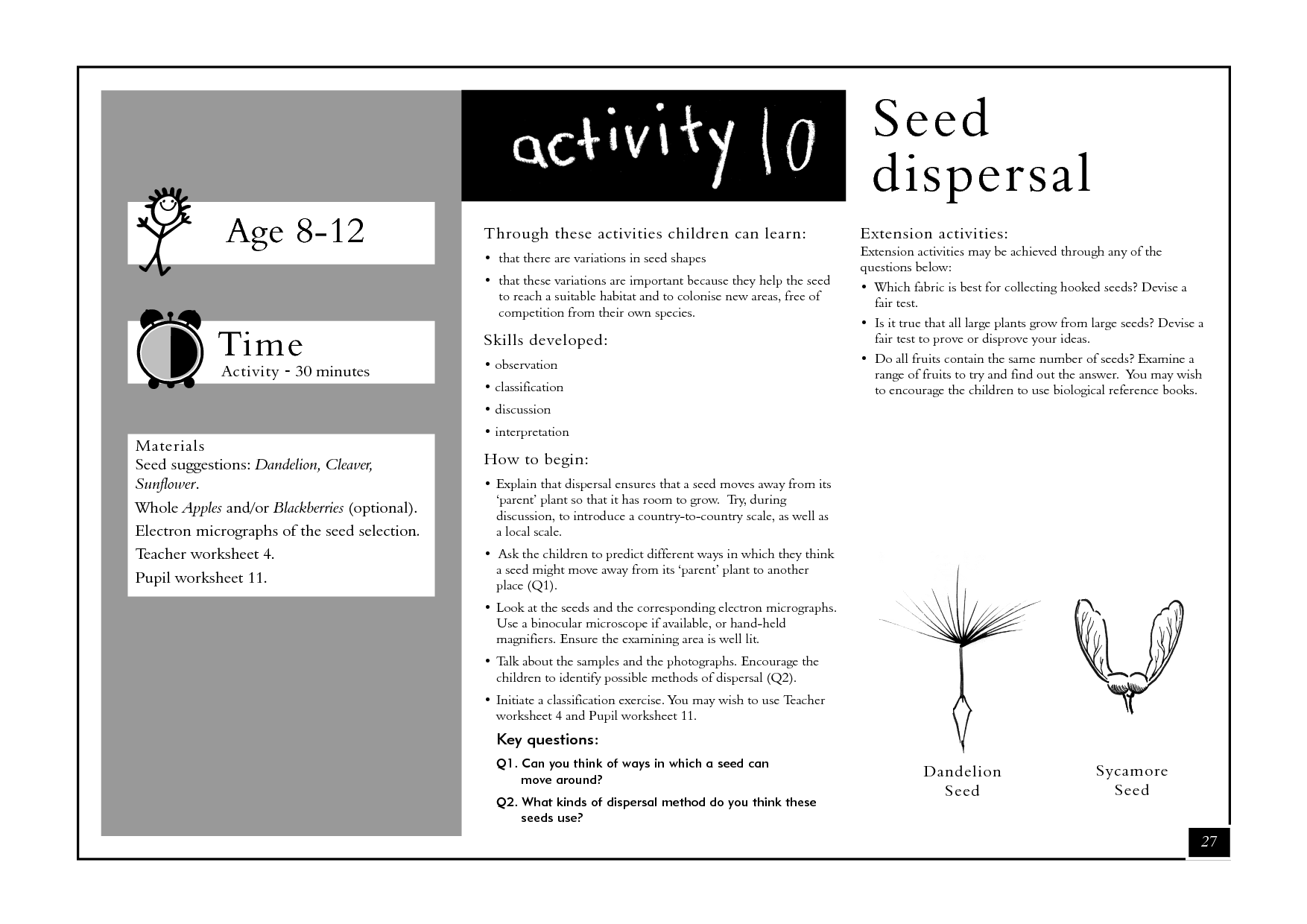
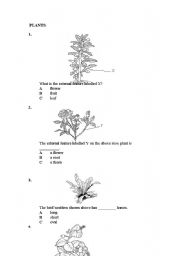
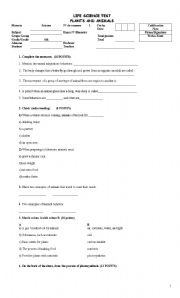
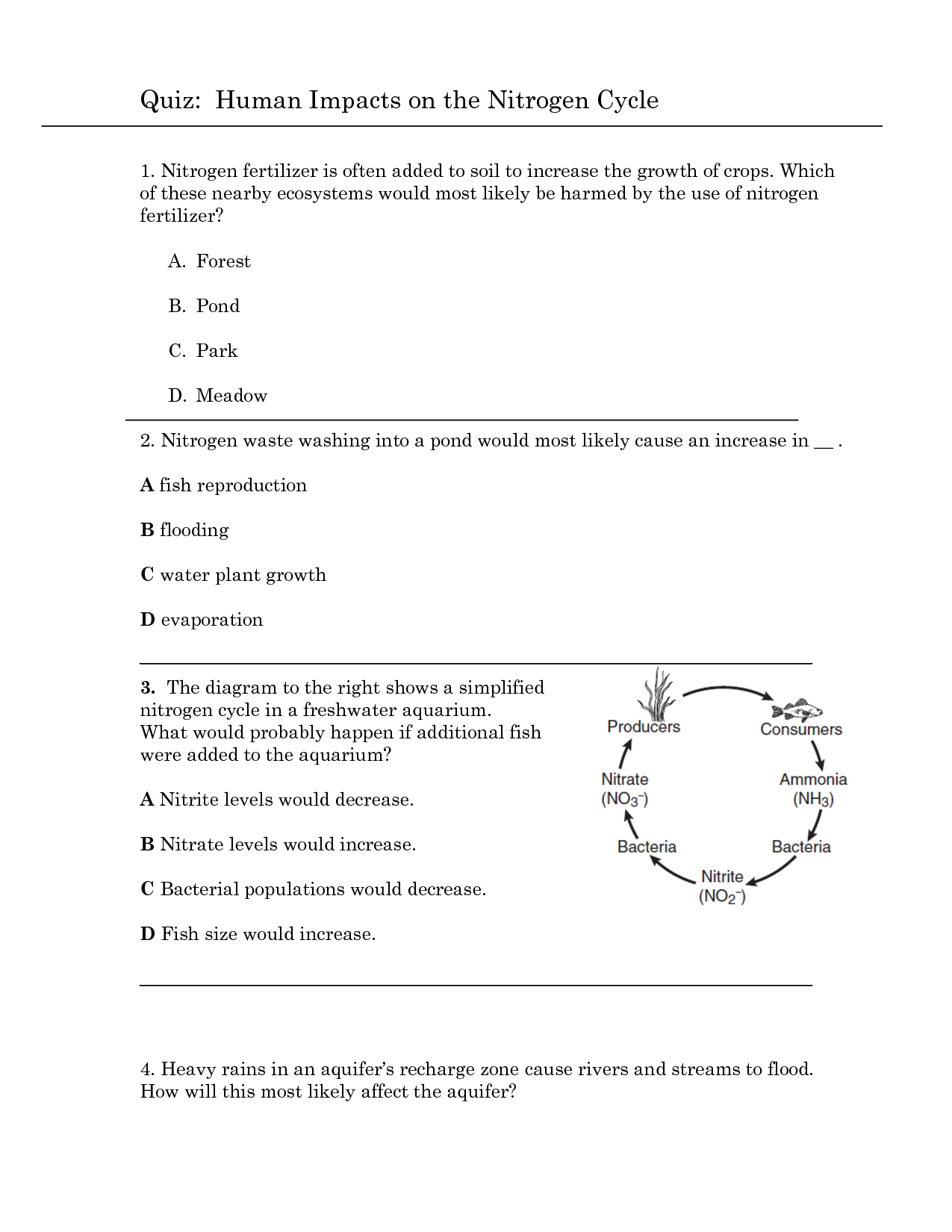
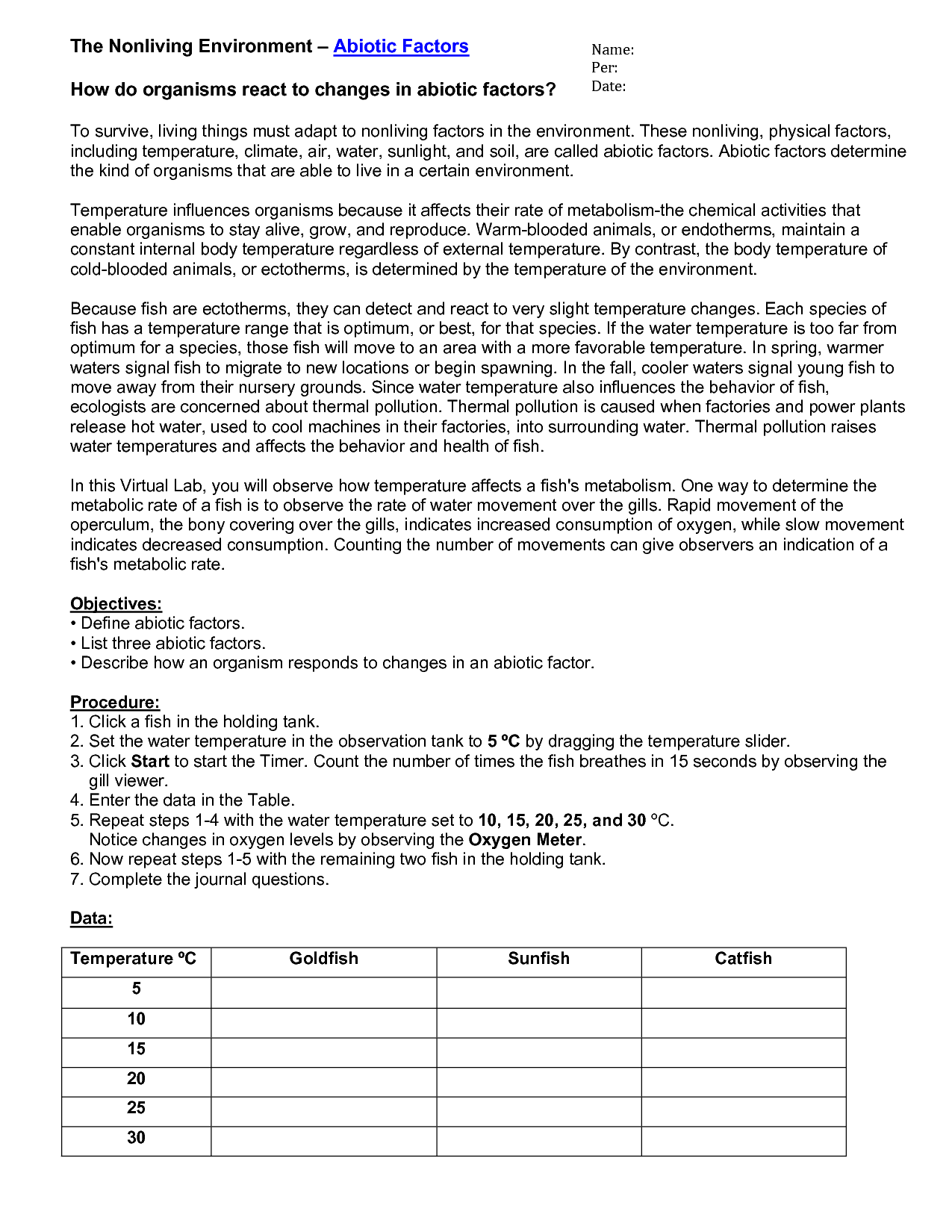
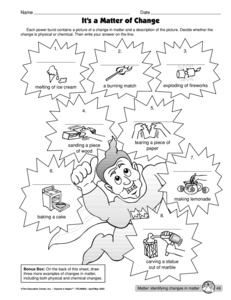
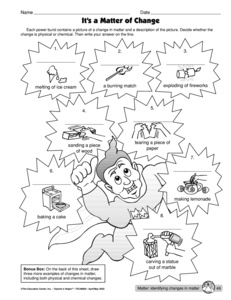

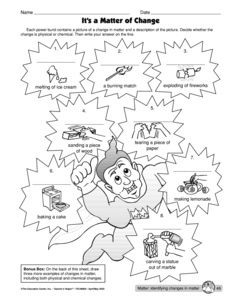

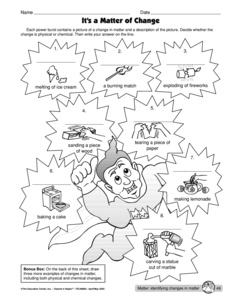














Comments